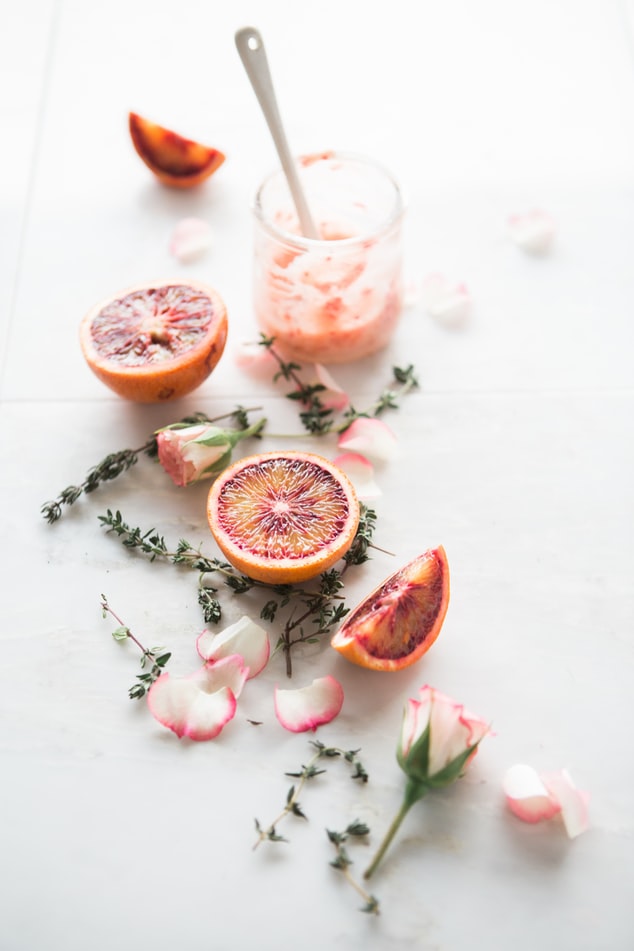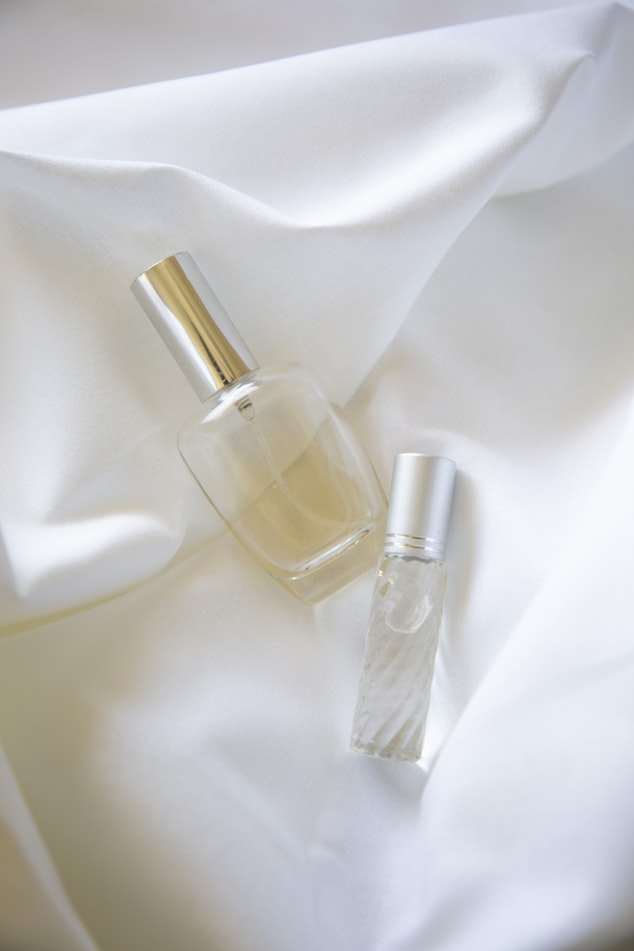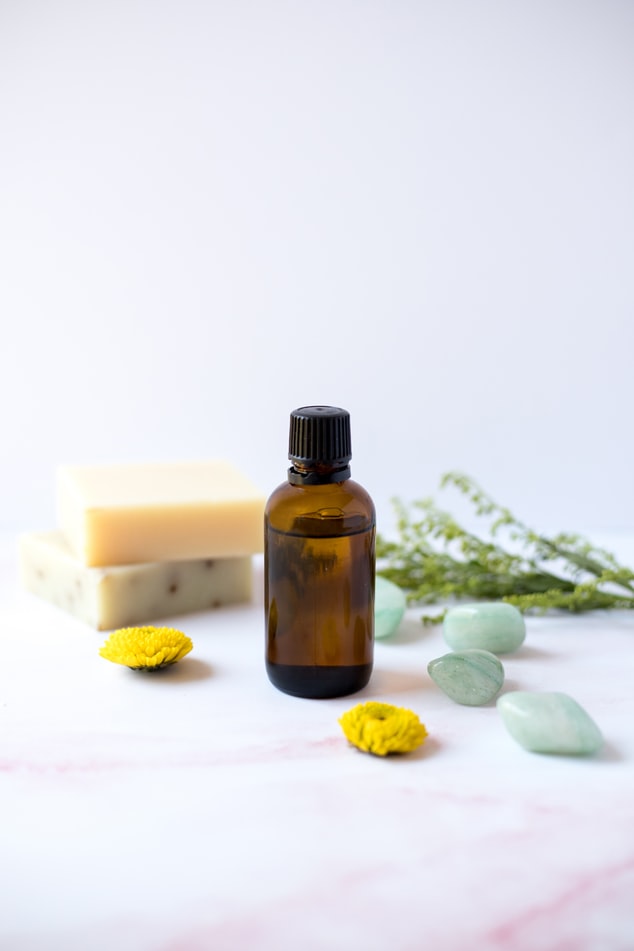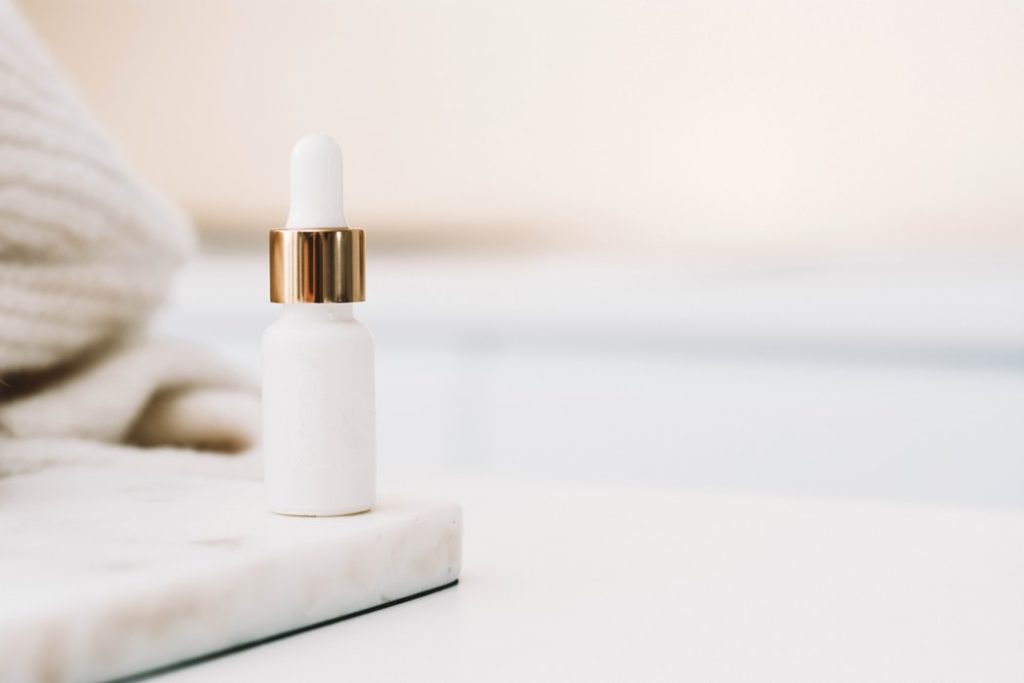When it comes to your beauty routine you may know everything about your favourite formulas, finishes and shade ranges, the actual ingredients, however, might not be something you've ever considered. Toxic beauty can be more common than you'd think, certain ingredients might get the job done but the damage on your body and the environment far outweigh the benefits. Before you splurge on a new beauty product have a look through the ingredients to make sure you're not subjecting yourself to any of these toxic ingredients.
Parabens

- What it is: A Paraben is a widely used preservative that prevents the growth of bacteria, mould and yeast in cosmetic products.
- What they do: Parabens possess estrogen-mimicking properties that are associated with increased risk of breast cancer. These chemicals are absorbed through the skin and have been identified in biopsy samples from breast tumours.
- Where are they found: They can be found in makeup, body washes, deodorants, shampoos and facial cleansers. You can also find them in food and pharmaceutical products.
Synthetic Colors
- What it is: Take a close look at your products and you will undoubtedly find that they contain colours. Synthetic in nature these colours are derived from petroleum or coal tar sources.
- What they do: Synthetic colours are suspected to be a human carcinogen, a skin irritant and are linked to ADHD in children. The European Classification and Labeling consider it a human carcinogen and the European Union has banned it.
- Where are they found: It can be found in many products such as makeup, body washes, shampoos and facial cleansers.
Fragrance

- What it is: A terrifying category altogether, what chemicals are actually in a fragrance are not disclosed in order to protect a companies 'secret formula'. As a consumer, this means that may be putting on a concoction of chemicals that are hazardous to your health.
- What they do: Fragrance mixes have been associated with allergies, dermatitis, respiratory distress and potential effects on the reproductive system.
- Where are they found: It can be found in many products such as perfume, cologne, conditioner, shampoo, body wash and moisturizers.
Phthalates
- What it is: A group of chemicals used in hundreds of products to increase the flexibility and softness of plastics.
- What they do: They are known to be endocrine disruptors and have been linked to increased risk of breast cancer, early breast development in girls, and reproductive birth defects in males and females. Unfortunately, it is not disclosed on every product as it’s added to fragrances (remember the “secret formula” not listed), a major loophole in the law. They can be found in deodorants, perfumes/colognes, hair
- Where are they found: The main phthalates in cosmetics and personal care products are dibutyl phthalate in nail polish, diethyl phthalate in perfumes and lotions, and dimethyl phthalate in hair spray. Unfortunately, it is not disclosed on every product as it’s added to fragrances (remember the “secret formula” not listed), a major loophole in the law. They can be found in deodorants, perfumes/colognes, hair sprays and moisturizers.
Triclosan

- What it is: Triclosan is widely used antimicrobial that’s a known endocrine disruptor — especially thyroid and reproductive hormones, and a skin irritant.
- What they do: A widely used antimicrobial it is a known endocrine disruptor — especially thyroid and reproductive hormones, and a known skin irritant. Worryingly, studies raise concerns that triclosan contributes to antibiotic-resistance.
- Where it is found: Tricolson can be found in kinds of toothpaste, antibacterial soaps and deodorants.
Formaldehyde
- What it is: Formaldehyde and formaldehyde-releasing preservatives are used in many cosmetic products to help prevent bacteria growth.
- What it does: This chemical was deemed as a human carcinogen by The International Agency for Research on Carcinogens (IARC) and has been linked to occupational related cancers: nasal and nasopharyngeal. It is known to cause allergic skin reactions and it may also be harmful to the immune system.
- Where it is found: It can be found in nail polish, body washes, conditioners, shampoos, cleansers, eye shadows, nail polish treatments.
Sodium Lauryl Sulfate (SLS) / Sodium Laureth Sulfate (SLES)

- What it is: These surfactants can be found in more than 90% of personal care and cleaning products (think foaming products).
- What they do: SLS’s are known to be skin, lung, and eye irritants. A major concern about SLS is its potential to interact and combine with other chemicals to form nitrosamines, a carcinogen.
- Where they are found: They can be found in shampoo, body wash/cleanser, mascara and acne treatment.
Toluene
- What it is: A petrochemical derived from petroleum or coal tar sources. You may see it on labels listed as benzene, toluol, phenylmethane, methylbenzene. A potent solvent it is able to dissolve paint and paint thinner.
- What it does: It can affect your respiratory system, cause nausea and irritate your skin and has been linked to immune system toxicity.
- Where it is found: It can be found in nail polish, nail treatments and hair colour/bleaching products.
- Danielle Farrell

